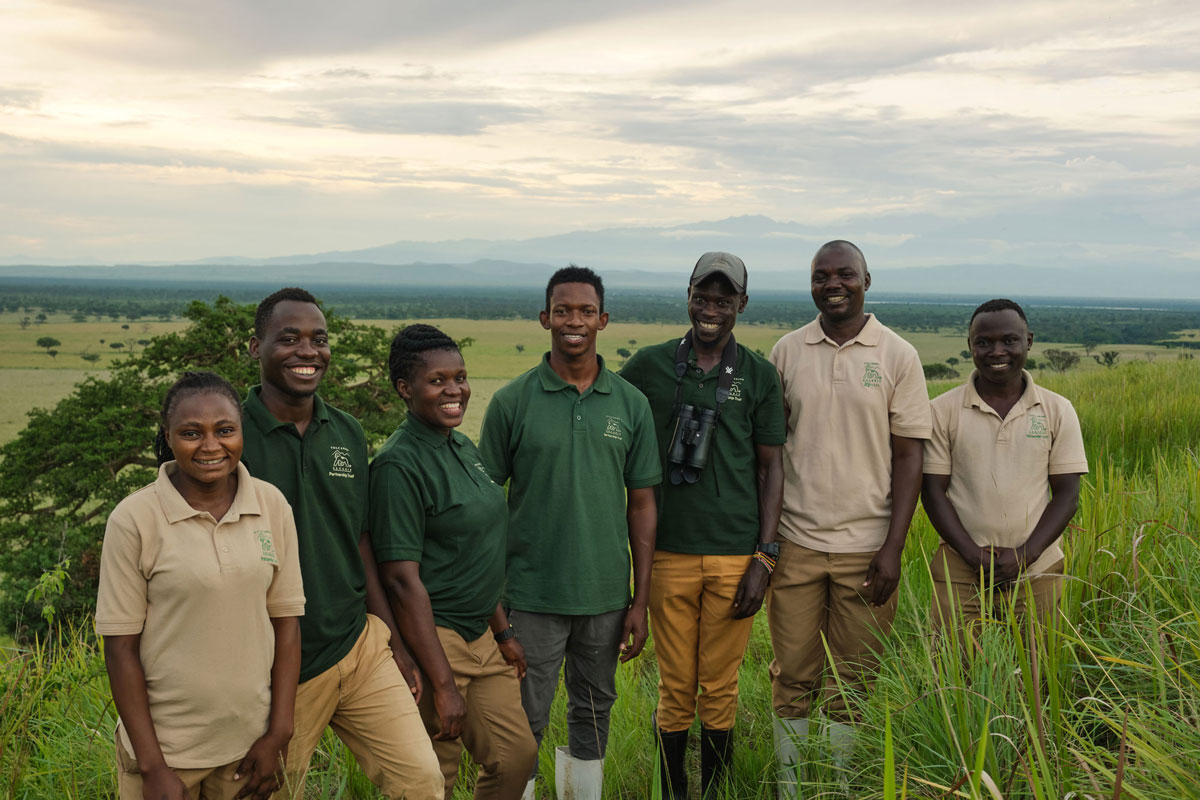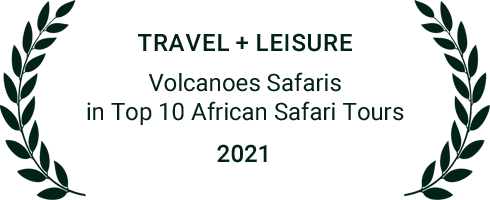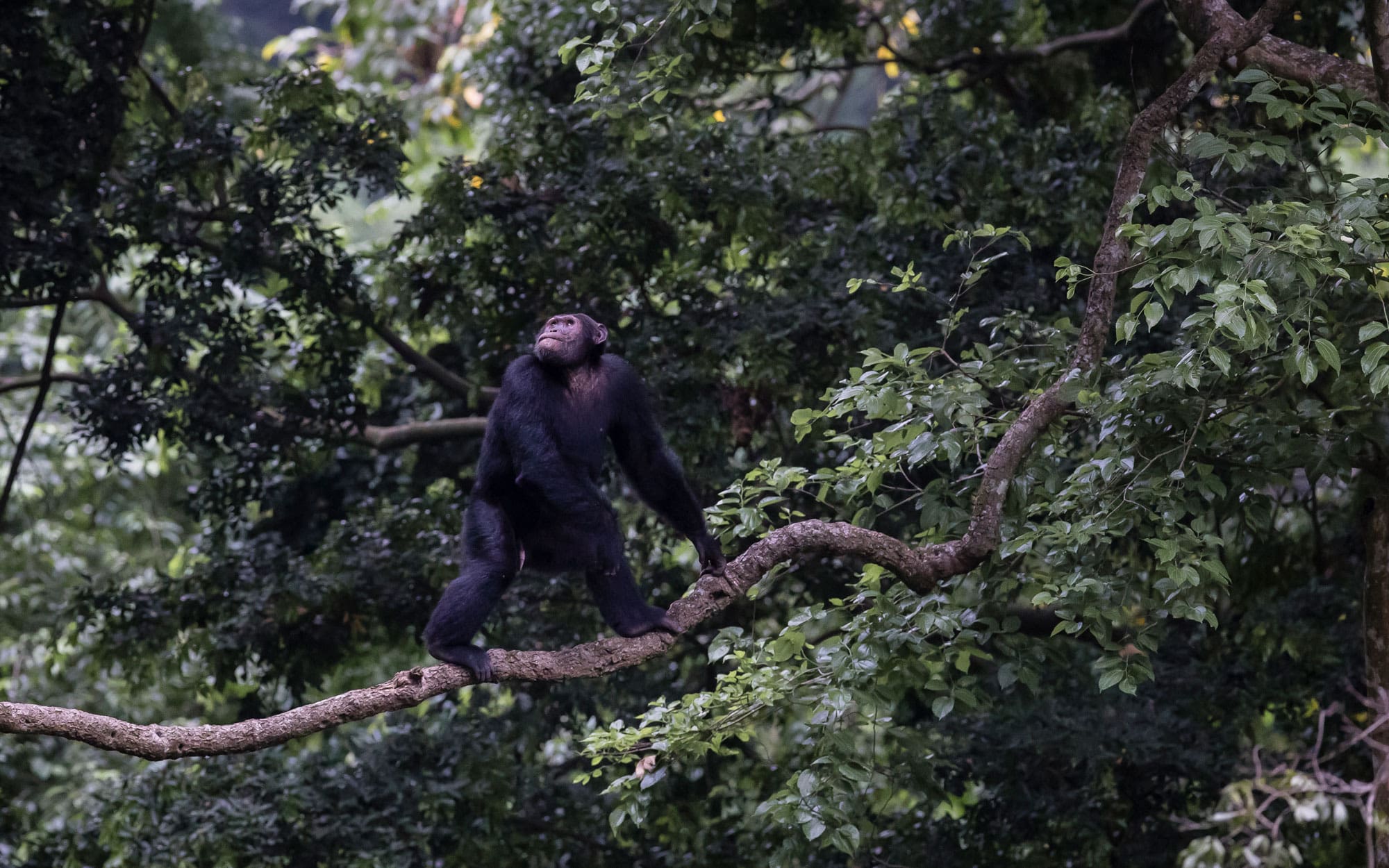Volcanoes Safaris Partnership Trust is pleased to share a scientific update on the statue of the 2023 African lion and carnivore survey in Queen Elizabeth National Park by Dr Alexander Braczkowski.
Background
The Volcanoes Safaris Partnership Trust is currently working with the Uganda Wildlife Authority to implement its second annual African lion and large carnivore survey. The purpose of this regular population monitoring is threefold: 1) to establish strong scientific estimates of a unique tree-climbing population of African lions residing in the Queen Elizabeth National Park, 2) build the scientific capacity within Queen Elizabeth and Uganda to provide a collaborative scientific wing to UWA for carnivore monitoring in Uganda, and 3) help support local livelihoods of the people living in the region by aiding the lion and carnivore surveys on the ground with VSPT. The 2023 census began on the 7th of August 2023 and key aims for the 2023 year are to surpass the survey efforts of the 2022 and 2018 surveys in reaching as yet unsurveyed areas, detecting new and unknown lions, and building new collaborations with existing field partners working on lions in the region. To that end VSPT has strengthened its relationship with the Uganda Carnivore Program (UCP) and its team (headed by Dr Ludwig Siefert) and similar to the 2022 survey effort UCP are assisting with the data collection efforts. We also welcome UWA ranger Nicholas Nuwaijuka who is assisting the VSPT team in the data collection efforts (Nicholas was a core part of Dr Aleks Braczkowski’s original 2018 survey).
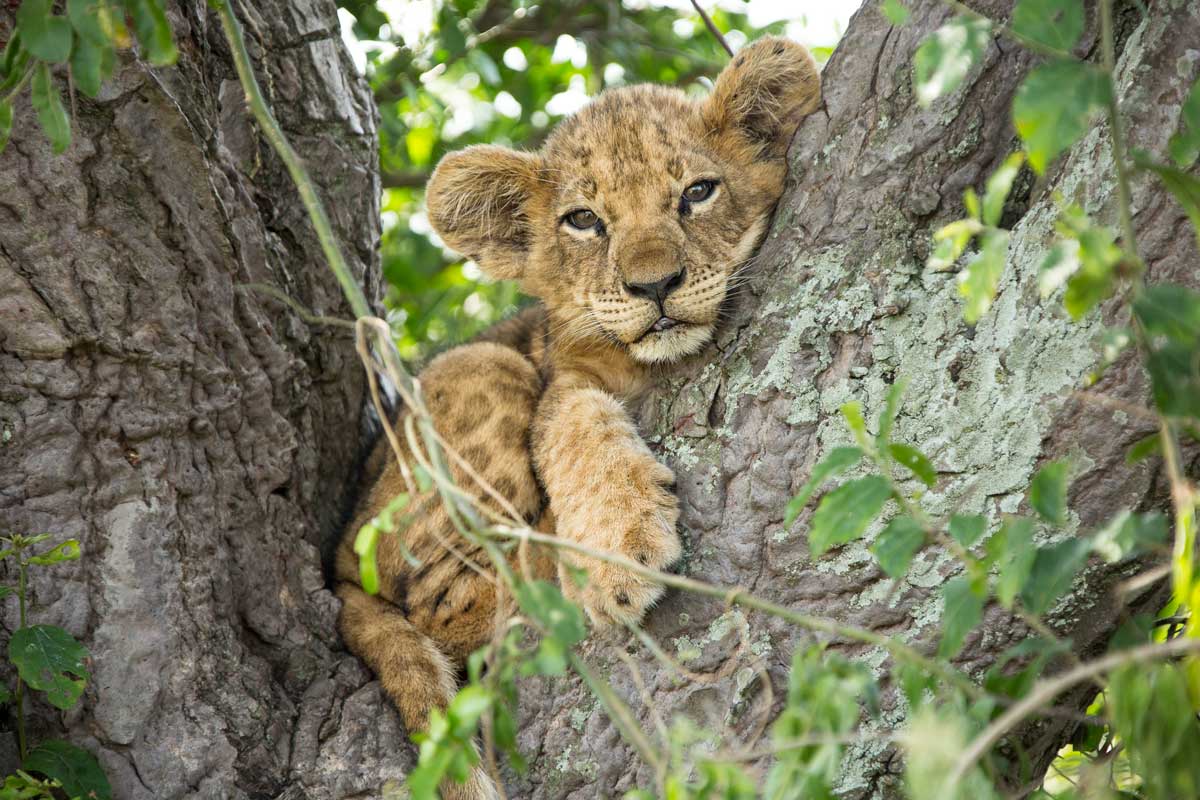
Survey Progress to Date
The 2023 survey commenced on the 7th August 2023 and to date has recorded a total of 17 distinct lion individuals 55 times across the northern Kasenyi, crater, Mweya and Dura regions of the park. The survey has also extended into the western Kazinga region. Critically, the survey team led by Bosco Atukwatse has driven just over 4000 km across these regions. The survey period has elapsed a total of 66 days with 40 survey days remaining. The field team will now focus on the southern sections of the park, namely Ishasha, the Kigezi Wildlife Reserve, and the region bordering Maramagambo forest. The aim of the survey from here on is to traverse an additional 3000-4000 km so surveys from 2018 and 2022 are comparable in terms of their effort. To place these previous surveys in context, the 2018 survey detected 30 unique individuals 155 times, while the 2022 survey detected 19 individuals. The 2023 survey is a critical piece of the puzzle in confirming the status of lions in the park and providing UWA with strong scientific evidence for their status.
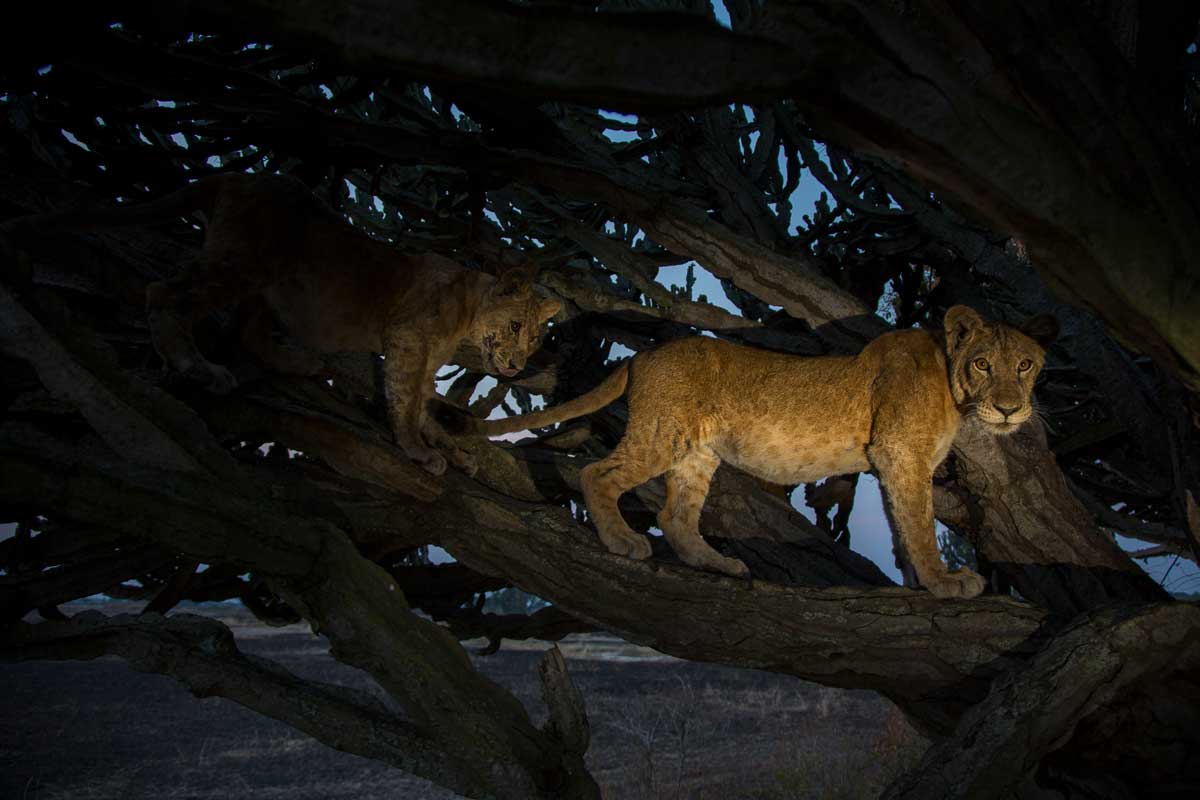
To learn more about the project, please follow this link.
Blog and photographs by Dr Alexander Braczkowski, the Manager of the Kyambura Lion Monitoring Project.


